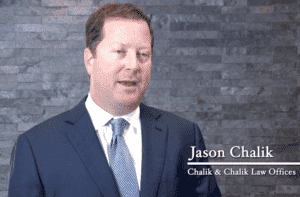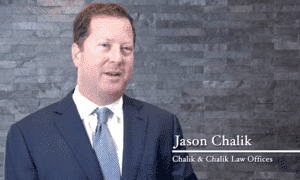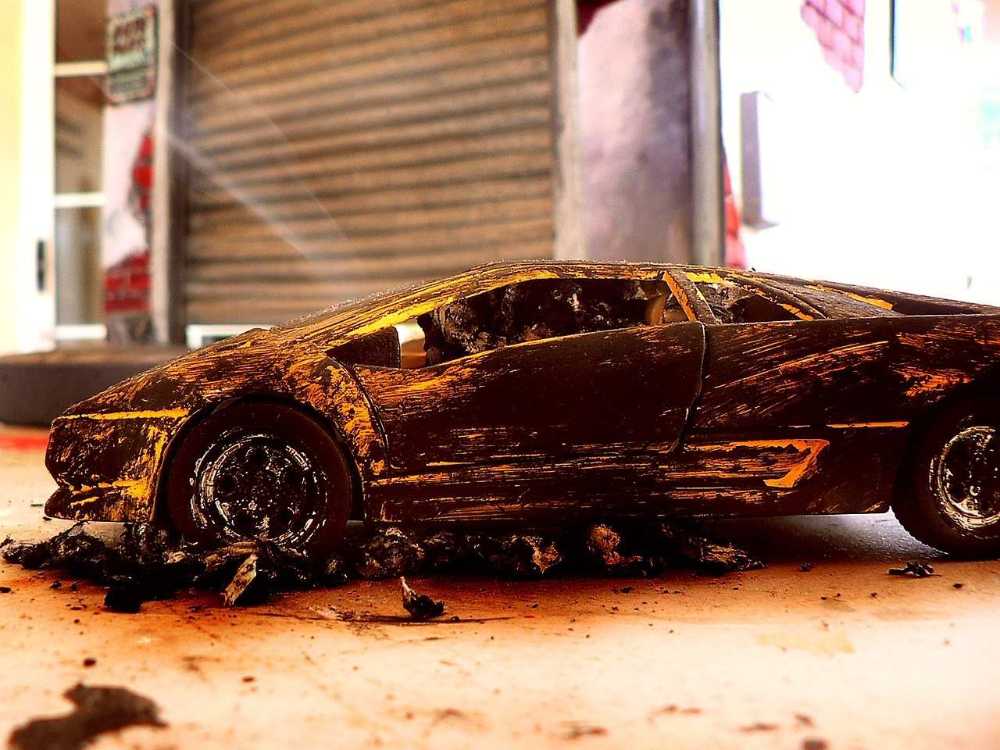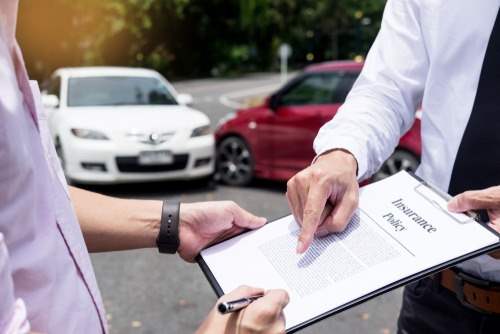Tesla cars are electric, safe, and their “autopilot” feature is leading more and more buyers to pick up their cars. Tesla’s website even points to a National Highway Traffic Safety Administration test that found that the Tesla Model S, Model X, and Model 3 to have the lowest or second-lowest probability of injury of all vehicles ever tested. That’s high praise, but some safety groups have concerns over Tesla’s misleading marketing regarding their autopilot abilities and the fact that the car batteries can catch fire several times after an accident.
The Orlando Sun-Sentinel reports on the story of a deadly Tesla crash where the battery reignited three times.
Omar Awan was driving a 2016 4-door Tesla Model S on Sunday when the vehicle left the roadway for unknown reasons. The car crashed into a median and some trees after swerving through three lanes of traffic. The car then burst into flames. The driver was pronounced dead at the scene.
The car was taken to an impound lot where the car’s battery reignited three times according to the fire battalion chief.
This brought into question the safety of the cars, especially since it came after a May 2018 crash that was similar, where two teenaged boys crashed in Fort Lauderdale. In that incident, the Tesla Model S they were traveling in burst into flames as well.
The NTSB’s probe into the safety of Tesla vehicles primarily involves the potential for fires after accidents and the potential issues that first responders may encounter when extinguishing these fires.
Another concern posed by the Center for Auto Safety regards the way that Tesla and, founder Elon Musk uses misleading and deceptive statements regarding the vehicle’s “self-driving” capabilities. The concern is that while the vehicle cannot drive itself, marketing may convince certain customers that the vehicles, can operate without driver control.










